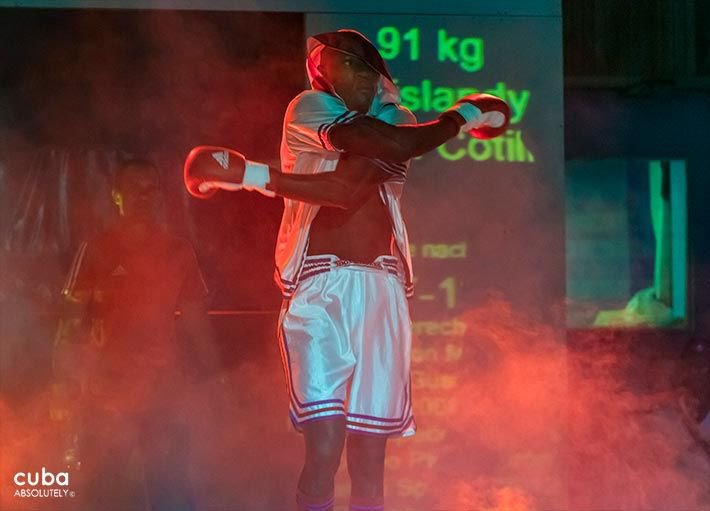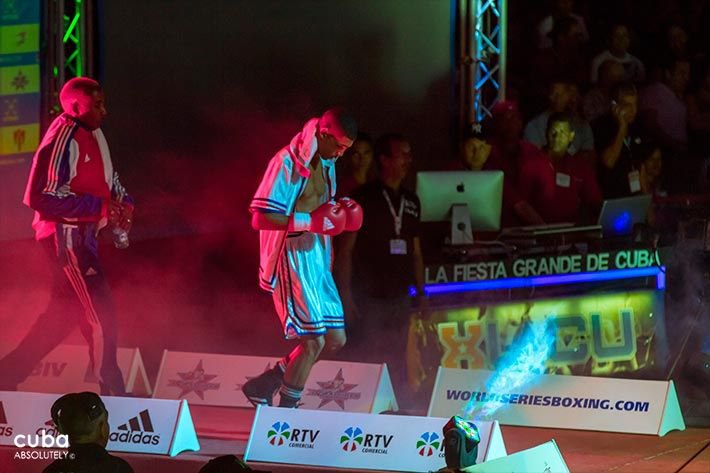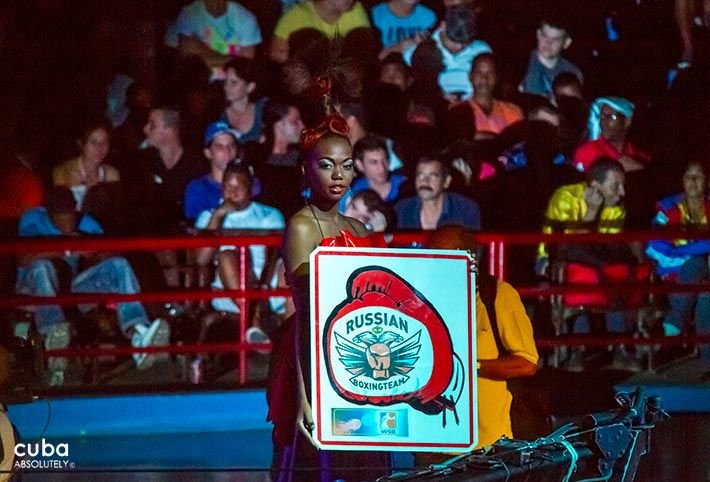The Sports City was conceived as a complex that included race tracks; swimming pools; fields for different sports, including football; a small baseball stadium, and a coliseum at the forefront, which is covered by a great reinforced concrete dome. It has a seating capacity of 15,000 people and one of its novelties was the exit system, allowing spectators to leave the place in five minutes. The construction of the originally called Sports Palace began in 1952 and opened in 1958. Since then, it has hosted many sports events, including boxing and volleyball world championships, as well as cultural events, such as performances by the Cuban National Ballet, the Soviet Circus and famous international and local musicians.

Hotel Nacional de Cuba LH  5+
5+
In response to the increasing influx of American tourists in the late 20s (mainly those who were escaping Prohibition, in force in the United States at the time), the construction of a luxury hotel wa …
 Eclectic
Eclectic $61 - $81ROOMS: 426O esquina a 21
$61 - $81ROOMS: 426O esquina a 21 
Callejón de Hamel LH  5+
5+
The narrow two-block long alley between Aramburu and Hospital streets in Centro Habana has over the years become a shrine to Afro-Cuban religions through the art created by Salvador González. The buil …
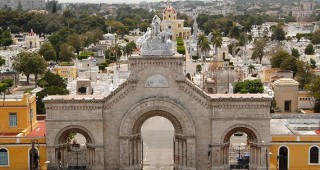
Necrópolis de Cristóbal Colón LH  5+
5+
History & architecture Declared National Monument in 1987, this is the most important cemetery in Cuba and its 57 hectares (10 acres) makes it the largest in America. According to Enrique Martínez …
 EclecticAdmission: CUC 1Open: 9am-5pm dailyZapata y 12
EclecticAdmission: CUC 1Open: 9am-5pm dailyZapata y 12 
Catedral de La Habana LH  5+
5+
The entry of the Jesuits in Cuba was formally requested in 1656, and in 1727, a plot was granted for their school and church. Bishop Brother Gerónimo Valdés explained to the King of Spain that Havana’ …
 BaroqueAdmission: FreeOpen: 10:30am-3pm Mon-SunEmpedrado #156 e/ San Ignacio y Mercaderes, Habana Vieja
BaroqueAdmission: FreeOpen: 10:30am-3pm Mon-SunEmpedrado #156 e/ San Ignacio y Mercaderes, Habana Vieja 
The Malecón LH  5+
5+
The Malecón, first named Avenida del Golfo, is Cuba’s most famous sea-side avenue. The project was undertaken by Don Francisco de Albear, Cuba’s greatest engineer at the time. Albear came up with a co …
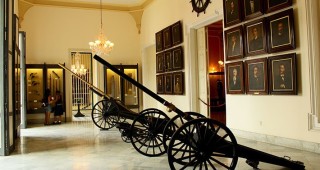
Museo de la Ciudad (Palacio de los Capitanes Generales) LH  5
5
History & architecture Considered the most important example of baroque architecture in the city, this grand building on the west side of the plaza was built in 1792, on the sight of the former pa …
 BaroqueAdmission: CUC 3Open: 9am-6pm dailyCuba e/ Obispo y O’Reilly, Habana Vieja
BaroqueAdmission: CUC 3Open: 9am-6pm dailyCuba e/ Obispo y O’Reilly, Habana Vieja 
Iglesia de San Francisco de Paula LH  5
5
In 1664 the Presbyter of the Cathedral of Havana, don Nicolás Estévez Borges, ordered the construction of a chapel devoted to Saint Francis of Paola (founder of the Roman Catholic Order of the Minims) …
 BaroqueAdmission: FreeAvenida del Puerto, esq. a San Ignacio, Habana Vieja
BaroqueAdmission: FreeAvenida del Puerto, esq. a San Ignacio, Habana Vieja 
Iglesia de Jesús de Miramar LH  5
5
Opened in 1953, this is Cuba’s second largest church, which is visible for several blocks due to its vast dome built in Roman-Byzantine style. The Jesús de Miramar church boasts 14 large mural paintin …
 OtherOpen: 9am-noon, 4-6pm daily; Mass: 9am Mon-Fri; 9am, 5pm Sat-Sun; To visit at other times, enter via the sacristy5ta #8003 entre 80 y 82
OtherOpen: 9am-noon, 4-6pm daily; Mass: 9am Mon-Fri; 9am, 5pm Sat-Sun; To visit at other times, enter via the sacristy5ta #8003 entre 80 y 82 
El Caballero de París LH  4
4
Dozens of passers-by on Oficios are drawn every day to the life-size bronze statue of this humbly dressed man that stands outside the entrance to the basilica. Approach it and you will see that his lo …

Galería Victor Manuel LH  4
4
This gallery offers a nice selection of mainstream decorative modern paintings, some of which could be considered true works of art. Given its location and popularity, high pric es are to be expected. …
